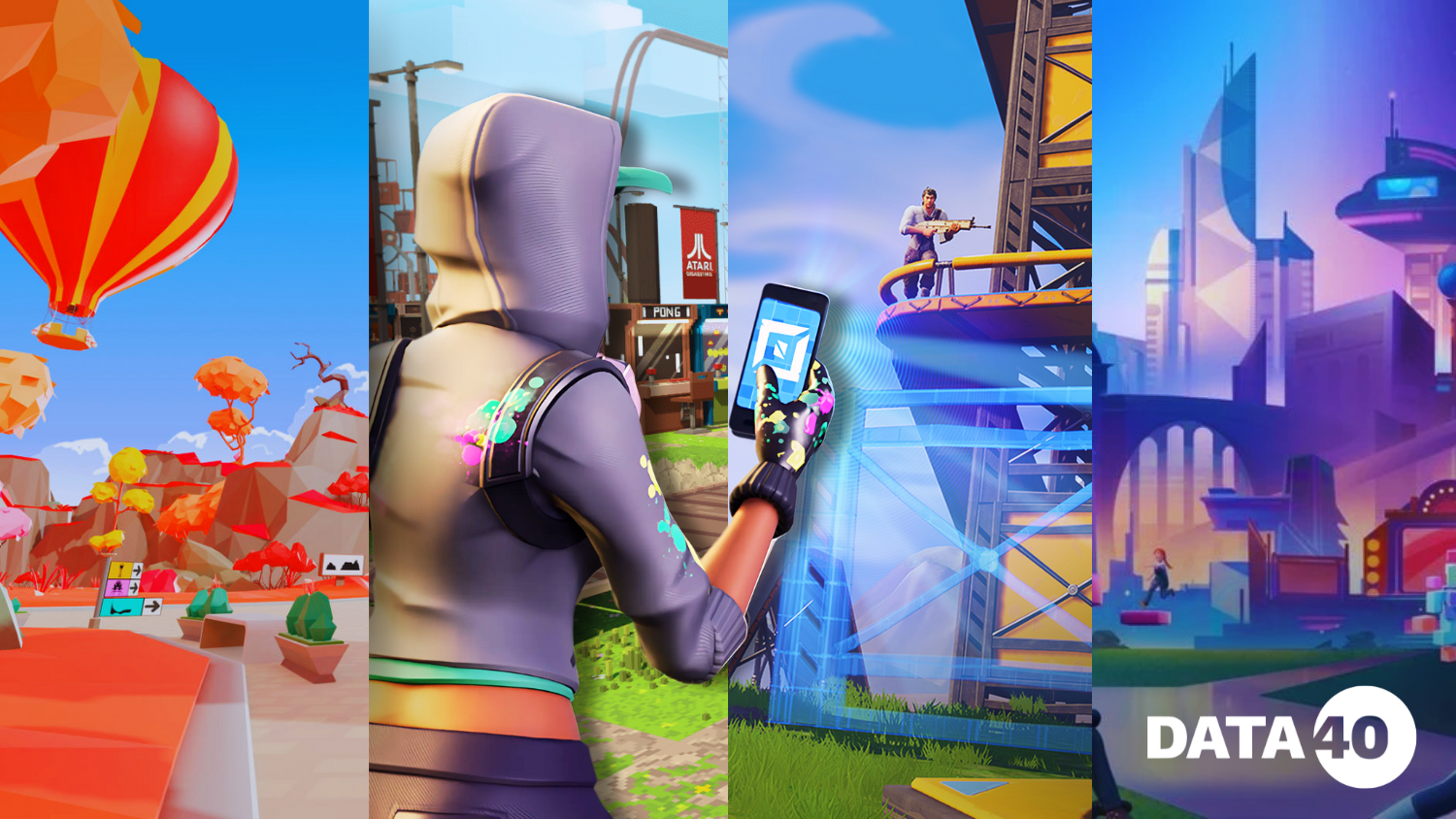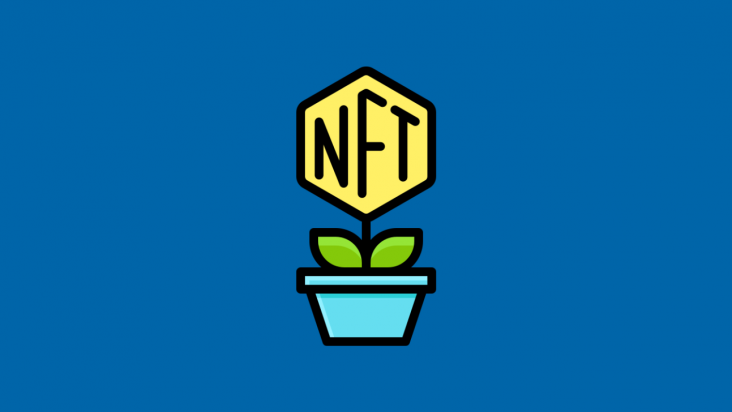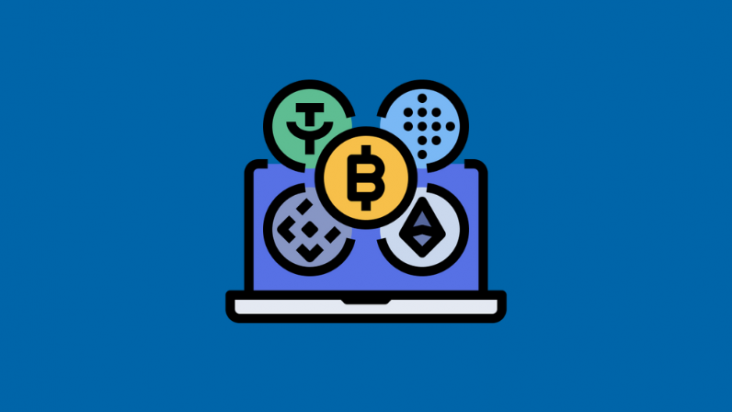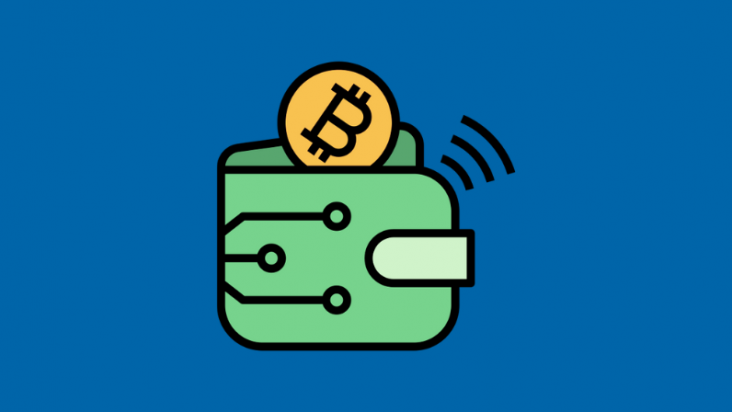
The History of Virtual Worlds: From Second Life to Modern Metaverses
Virtual worlds have long ceased to be just the fantasies of science fiction writers and have become an essential part of digital culture. Some of the pioneers that laid the foundation for modern metaverses include Second Life and Entropia Universe. These platforms continue to evolve, offering users not only visually rich spaces for communication and interaction but also forming full-fledged economic and social ecosystems.

Second Life, launched in 2003 by Linden Lab, became a virtual sandbox where users could create their own avatars, build homes, design clothing, and establish virtual businesses. What made Second Life unique was that it was not a game in the traditional sense—there were no pre-set goals or quests. Instead, users determined how to use the space, whether for creativity, communication, or commerce. The virtual currency, Linden Dollar, became the first successful digital currency that could be exchanged for real money, allowing some users to earn a living within Second Life. The platform demonstrated that virtual worlds could be more than just entertainment; they could serve as a space for serious business and social experiments.
At the same time, another significant platform, Entropia Universe, was developing, launched in 2003 by the Swedish company MindArk. Unlike Second Life, Entropia Universe focused more on economy and real financial transactions. Its internal currency, Project Entropia Dollar (PED), was directly linked to real money. Players could earn by hunting monsters, extracting resources, or engaging in virtual trading. A distinctive feature of Entropia Universe was the ability to invest real money into virtual assets such as planets, shopping malls, and land, and then earn profits from them. There were many notable cases, one of the most famous being a player who purchased a virtual asteroid for $330,000 and turned it into a profitable business. More details can be found in relevant articles.
These two platforms laid down fundamental principles that define the development of metaverses today: user-generated content, an economy with real value, and social interactions within a digital environment. Modern metaverses, such as Decentraland and The Sandbox, actively incorporate the ideas of their predecessors while integrating new technologies like blockchain, virtual reality, and decentralized governance. The history of virtual worlds shows that the boundaries between the real and digital worlds are becoming increasingly blurred, and metaverses are not just a trend but a vital part of our future.
Modern Metaverses: The New Generation of Digital Worlds
Modern metaverses are complex and multifaceted digital ecosystems that combine virtual reality, blockchain technologies, and artificial intelligence to create a unique user experience. Unlike early projects like Second Life and Entropia Universe, new metaverses emphasize decentralization, an economy based on NFTs (non-fungible tokens), and the ability to fully own digital assets. Let’s look at some notable examples of modern metaverses.
- Decentraland
Decentraland is one of the first fully decentralized metaverses built on the Ethereum blockchain. In this virtual world, users can buy, sell, and develop plots of virtual land using the MANA token. Users in Decentraland can create their own digital spaces, such as virtual homes, art galleries, concert venues, or stores. The platform is actively used for hosting virtual events like concerts and exhibitions, and major companies have established their presence within the metaverse. - The Sandbox
The Sandbox is a metaverse where users can create, own, and monetize their gaming and social experiences. The ecosystem revolves around the SAND token and NFTs, which allow ownership of virtual assets such as characters, accessories, and land parcels. Users can design their own games, organize events, and earn income by renting out virtual land. With partnerships with brands like Atari and Snoop Dogg, The Sandbox attracts massive interest from gamers and investors alike. - Roblox
Roblox is a popular online platform focused on user-generated content. Unlike other metaverses, Roblox prioritizes user-created games and educational initiatives. Millions of developers create games and virtual worlds that attract billions of users worldwide. The internal currency, Robux, enables users to purchase virtual items, clothing, and accessories for their avatars. Roblox collaborates with major brands like Nike and Gucci, integrating advertising campaigns into the virtual space. You can learn more about Roblox here. - Horizon Worlds
Horizon Worlds by Meta (formerly Facebook) is a virtual social platform where users can interact, create content, and immerse themselves in VR experiences. It is designed for use with virtual reality headsets like Meta Quest. The platform offers tools for building custom worlds and scenes, allowing users to bring their ideas to life and share them with others. Meta is heavily investing in Horizon Worlds, aiming to make it a central part of its metaverse strategy. - Fortnite (Creative Mode)
Although Fortnite initially gained popularity as a Battle Royale game, its Creative Mode has turned it into a full-fledged metaverse. In this mode, users can build their own worlds, mini-games, and virtual event spaces. Fortnite has already hosted major virtual concerts featuring artists like Travis Scott and Ariana Grande. The in-game currency, V-Bucks, allows players to purchase cosmetic items and other virtual assets.
These examples show that modern metaverses are not just digital spaces but comprehensive platforms for business, creativity, education, and entertainment. They continue to evolve rapidly, erasing the boundaries between physical and virtual realities and opening new opportunities for interaction and self-expression.
Blockchain-Based Metaverses: Features and Advantages
Blockchain-based metaverses represent a revolution in digital interaction, offering users not only immersion in virtual worlds but also actual ownership rights over digital assets. A key feature of such metaverses is the use of NFTs (non-fungible tokens), which allow users to own unique virtual items—ranging from land and buildings to clothing and weapons for avatars. Unlike traditional games, where virtual assets belong to developers, blockchain metaverses ensure transparency and security of transactions while allowing users to exchange, sell, and even rent their digital properties on open marketplaces.
Another crucial feature is decentralized governance through DAOs (decentralized autonomous organizations). In these systems, decisions regarding platform development are made not by a single corporation but by users through voting, ensuring greater democracy and community involvement. The economy built on cryptocurrencies, such as MANA in Decentraland or SAND in The Sandbox, makes interactions within metaverses more flexible and open to investment.
The Role of Play-to-Earn (P2E) in Metaverses
The Play-to-Earn (P2E) concept has become an integral part of modern blockchain metaverses, offering users the opportunity to earn real financial rewards for their activities in virtual worlds. P2E is based on the idea that users can earn tokens or NFTs by completing tasks, participating in events, creating content, or selling digital assets. These rewards can be exchanged for real money, making virtual games a legitimate source of income for millions of people worldwide.
A prime example of the Play-to-Earn model is Axie Infinity, which is not just a gaming platform but an entire metaverse ecosystem. In this digital space, users can breed, train, and battle virtual creatures—Axies—while also trading in-game assets on the blockchain market, developing their land plots, and participating in an economy based on cryptocurrency. This approach makes Axie Infinity more than just a game; it is a full-fledged virtual universe with earning and development opportunities.
P2E also plays a significant role in metaverses like The Sandbox and Decentraland, where users can monetize their efforts by creating virtual assets, selling NFT-based objects, or renting their land.
Metaverses and P2E: A Synergy for the Digital Future
Blockchain metaverses mark a new era of digital interaction, where technology, economy, and social connections merge into one space. The core features—decentralization, ownership rights over virtual assets, and transparent economies—create vast opportunities for creativity, business, and education. The Play-to-Earn model plays a crucial role in this new digital environment, offering real incentives for users to participate in virtual life. Metaverses truly represent the future of the digital age, with P2E being an integral part that enriches virtual worlds with economic engagement and user motivation through gamification and decentralized technologies.








